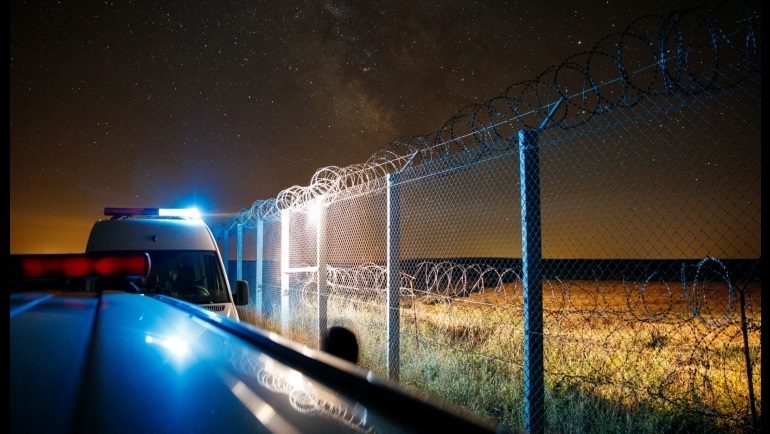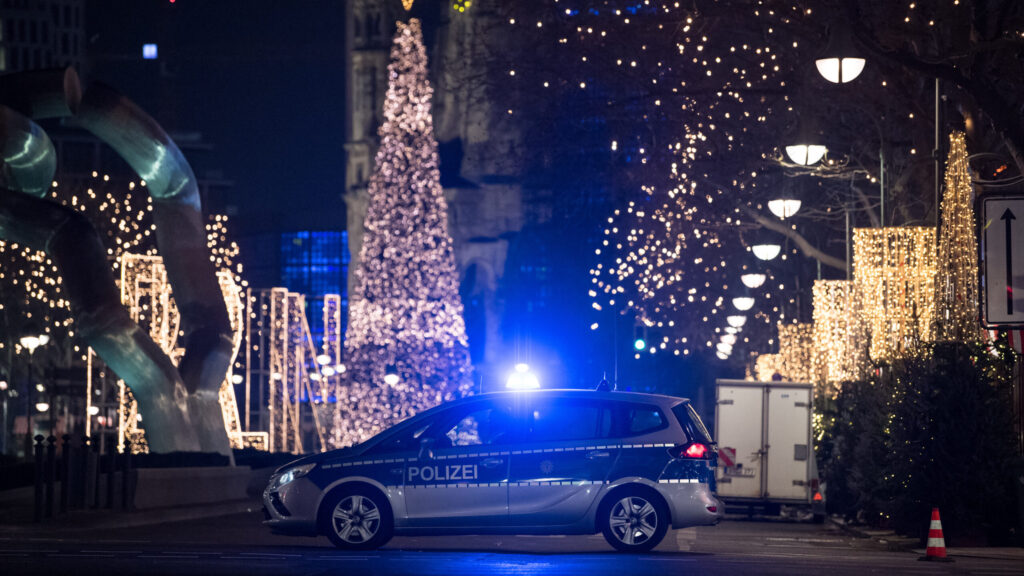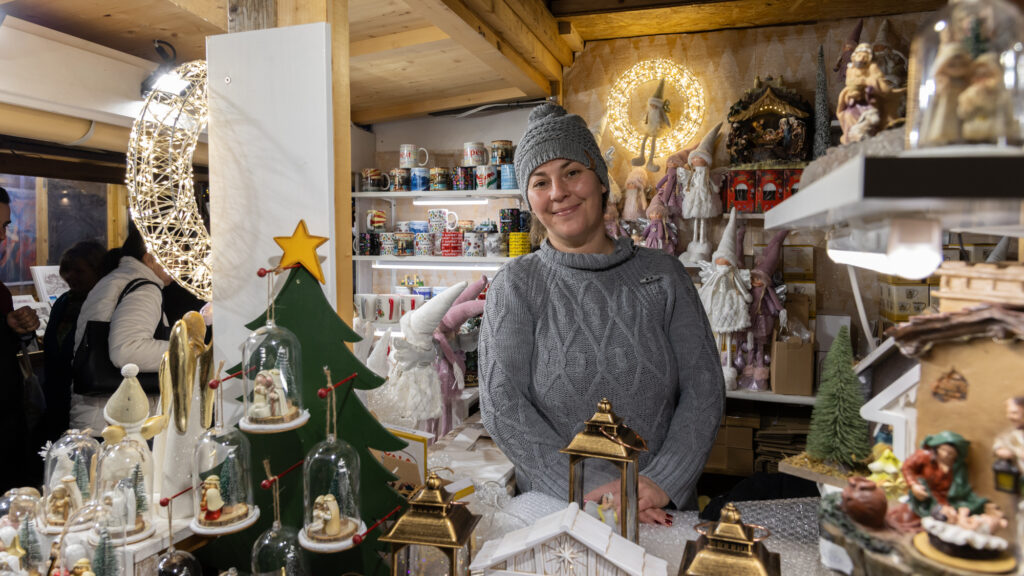American Polish writer Michael O’Shea is a Visiting Fellow at the Danube Institute and a contributor to Hungarian Conservative. Recently, he had one of his pieces published on The American Conservative website, about the very potent topic of immigration.
The occasion was President Trump’s visit to Scotland, United Kingdom, at the end of last month. There, he made the declaration to local reporters: ‘On immigration, you better get your act together. You’re not going to have Europe anymore.’
In his piece about European migration, Mr O’Shea shared his experience at the Serbian–Hungarian border near the town of Bácsalmás in Bács–Kiskun County, Hungary. He describes the small Hungarian town near the border as such:
‘Bácsalmás is an agricultural community far from tourist destinations on either side of the Serbo–Hungarian border. It should be largely untouched by the forces of globalization, except for the arbitrary post-World War I border that bisects the farmland. Fence signs in Arabic and Pashto surely were far from the minds of European statesmen who last century drew the lines on a map.’
There, the author encountered a young man claiming to be from Afghanistan, who professed to him that he had come to Europe for ‘blonde women and money from the wall’—as he later learnt, the latter refers to ATM machines.
This also highlights that, despite what some NGOs and mainstream outlets claim in the West, a lot of migrants do not come to Europe to flee prosecution or to escape destitution. In fact, as the author points out, the absolute poorest cannot afford the journey in the first place.
‘Two Pakistani smugglers were recently found dead on the Serbian side of the border,’ Mr O’Shea continues in his article for The American Conservative, bringing up another crucial issue related to migration into Europe. ‘They had been fighting over control of a human-smuggling tunnel. These men have ample incentive to clash. This business generates billions of euros annually. As such, the fence signs and loudspeaker recordings in Arabic, Pashto, and Urdu, not to mention the UN-approved low-voltage fencing, surely leave more of an impression on visitors than on the smugglers. The high-tech system of aerial surveillance, sensory technology, and rapid-response infrastructure, stretching for miles into Hungary, is a different matter. As border technology improves, the smugglers adapt. They are perfectly willing to exploit children to advance their aims, garnering sympathy, fabricating “family units”, or even diverting the attention of border patrol,’ he writes.
Mark Krikorian on X (formerly Twitter): “”while questioning some young Afghan men intercepted at the border, our officer-guide used a translation app to learn the men wanted to come to Europe for ‘blonde women and money from the wall.’ Further questioning revealed the latter referred to ATMs.”https://t.co/1neIGzoZjc / X”
“while questioning some young Afghan men intercepted at the border, our officer-guide used a translation app to learn the men wanted to come to Europe for ‘blonde women and money from the wall.’ Further questioning revealed the latter referred to ATMs.”https://t.co/1neIGzoZjc
In his piece, Mr O’Shea also points out that Hungarian border patrol agents were professional and calm, far from the iron-fisted brutes they are sometimes portrayed in the mainstream media in the West.
The author has also visited Zagreb, Croatia and Hanau, Germany. In the article, he writes of a growing discontent among the locals about the increased levels of non-European migration. This has been especially heightened in Croatia after the country joined the Schengen Area, which eliminated border checks with other EU countries—many of which have very lax migration controls in place.
‘Polite society still speaks in terms of asylum and racism, multiculturalism and growth. It is long past time to talk about blonde women and money from the wall,’ he concludes his piece.
Related articles:







